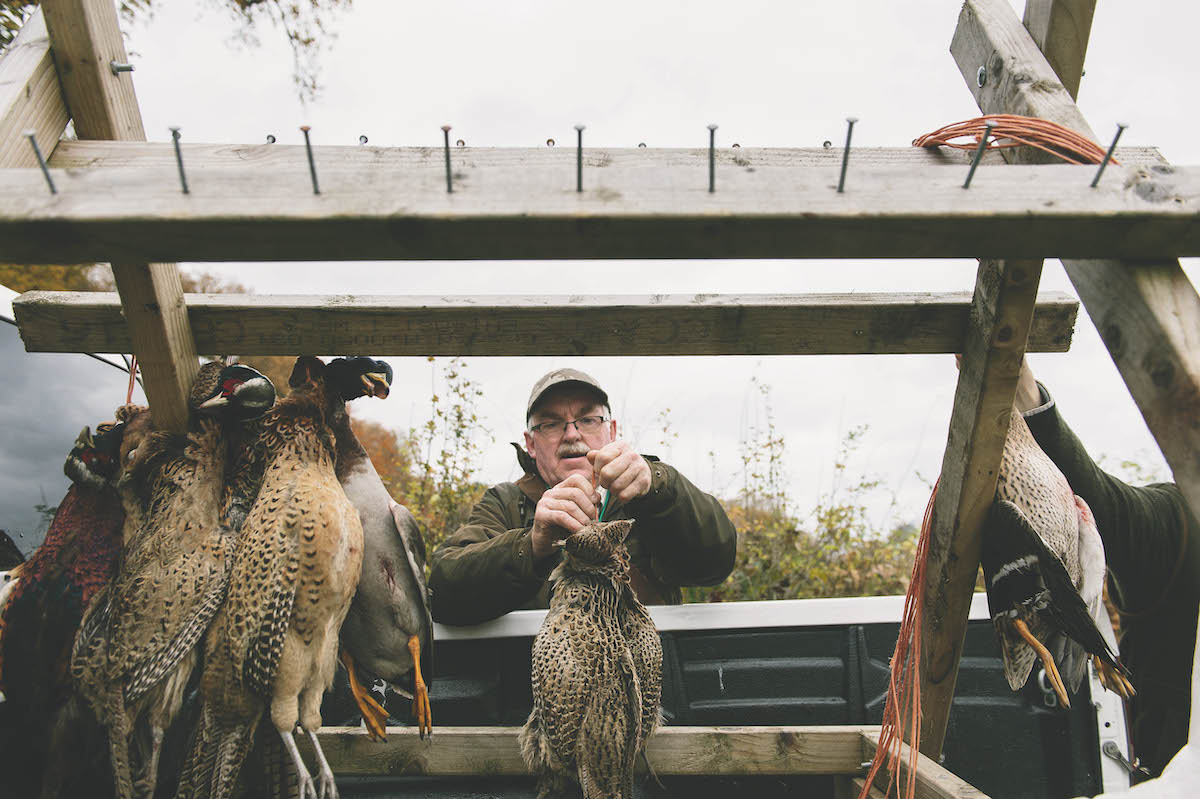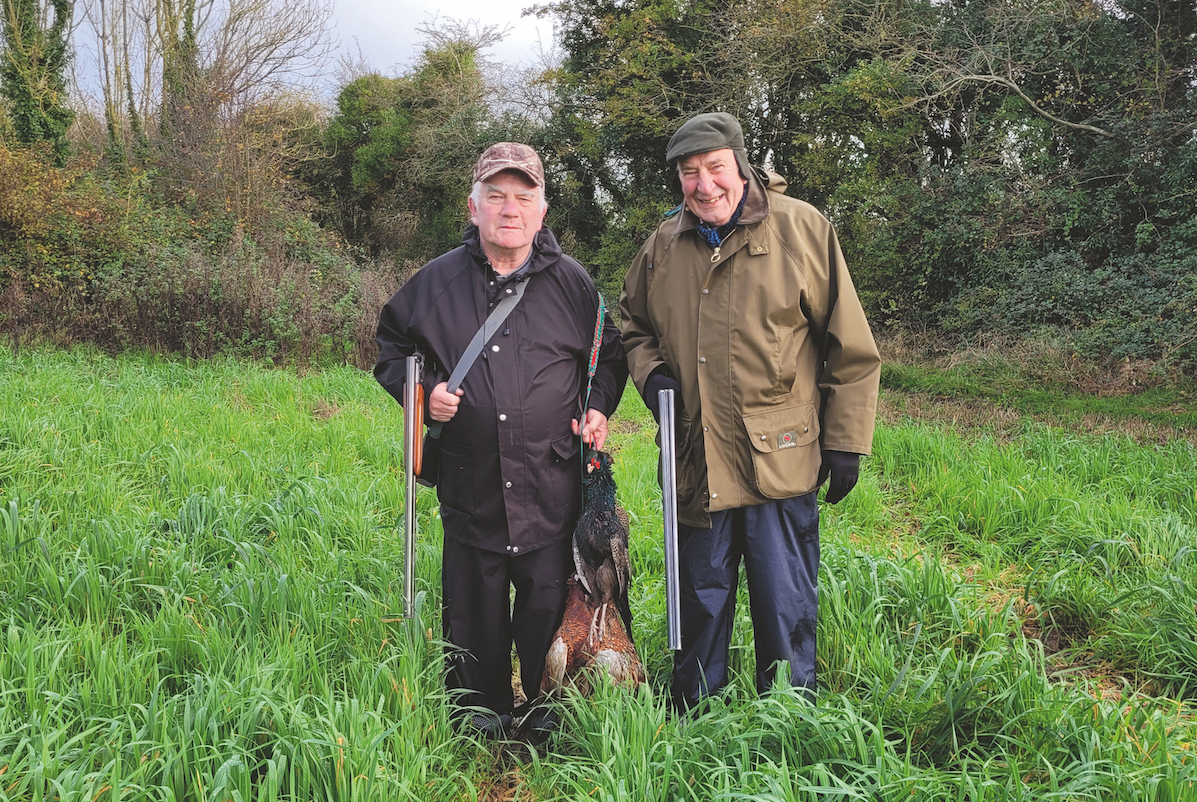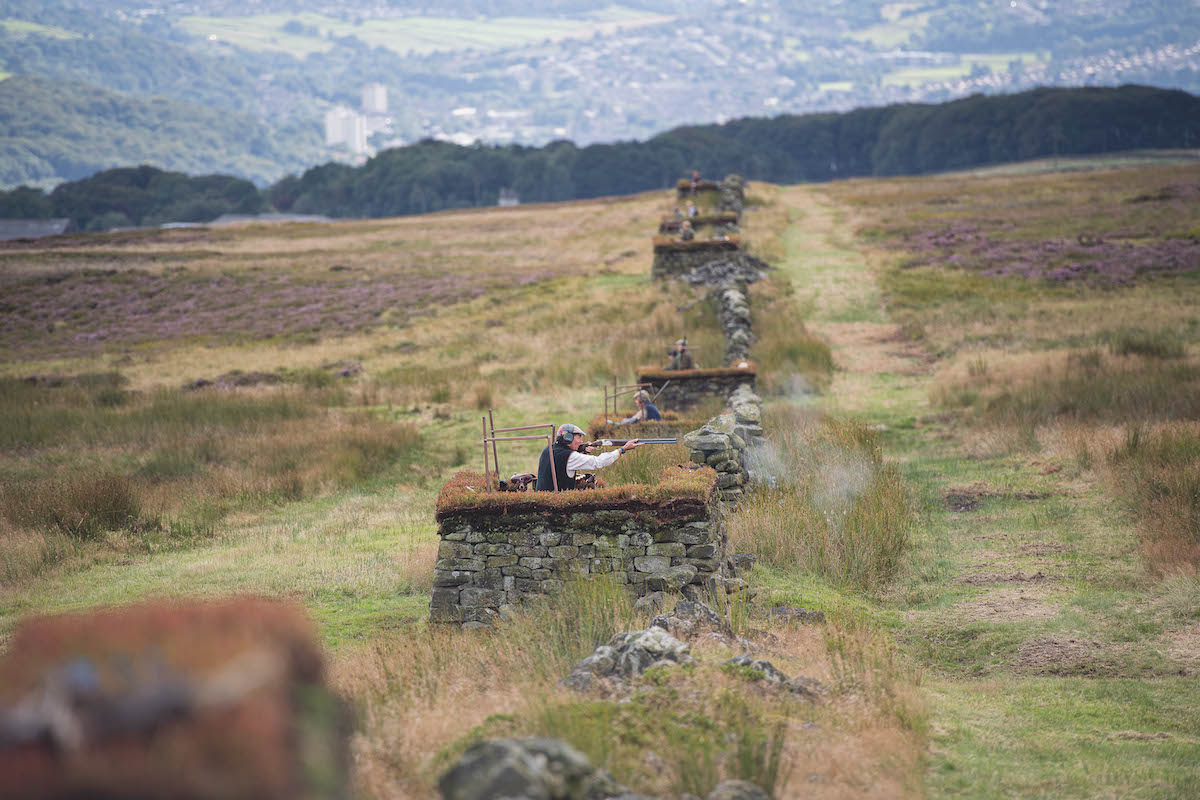Is shooting cheaper nowadays?
Dave Whitby examines how the real cost of running a driven shoot has changed over the decades — things are actually cheaper nowadays

The average return of birds shot to released is 36%; that’s 2,160 birds shot for every 6,000 released
I was recently reminded of that old saying: “Up goes a guinea, bang goes sixpence and down comes half a crown.” This refers to historical costs associated with shooting a pheasant in Victorian and Edwardian times. If you converted those amounts, based on how much they were worth in 1900, into ‘today’s money’, the saying would go: “Up goes £79.80, bang goes £1.95 and down comes £9.77.”
Is shooting today cheaper?
But a gamedealer these days wouldn’t give you anything like that, and cartridges are expensive but they aren’t £1.95 a go. So is shooting today actually cheaper? It is important to realise the difference between the cost of putting a bird over the Guns and the actual cost of each bird shot, the former being the total cost divided by the number of birds released and the latter your total costs divided by the number of birds shot. (You might also like to read: Running a shoot, how to make the numbers add up.)
With a heavy reliance upon wild stock, our Edwardian example must have referred to total costs divided by what was hanging in the game larder. These days most of what is shot is released.

Curiously, the relative cost of a shoot today is less than it was during Victorian and Edwardian years
Costs come in three forms — fixed, variable and opportunity. Fixed costs are those that remain constant despite output, like whether you put 1,000 or 7,000 birds out, your keeper and his house. Variable costs alter depending upon output — more birds, more feed, higher vet costs. The total cost of each bird released is largely down to management and competence. The cost of each bird shot varies — it reflects both release costs and percentage returns.
Costs vary from one shoot to another. Economies of scale, competence and topography all influence performance and return. Producing today’s equivalent of the Victorian guinea as a ‘one size fits all’ is of course ridiculous, and this exercise says little about those shoots that do not fit into the parameters I use. But what does it cost today to put a reared bird over the Guns? How much does each one shot cost? And why is there such a wide variation when it comes to these costs?
A woodland shoot of 1,300 acres with one full-time gamekeeper, 6,000 poults and 10 days of shooting should represent a number of modest shoots.
Lower numbers of birds to acres will mean part-time keepers. A higher number may require extra help if the shoot is to be keepered ‘correctly’ depending upon the nature of the shoot. The first statement to make is that much will depend upon where the shoot is, its topography — and not least the quality of the Guns and height of birds.
Fixed costs
The highest fixed cost is likely to be labour. Gamekeepers, though hardly earning a banker’s salary, are still expensive. Alongside that is accommodation for them. Utilities, a pension, dog food, council tax and labour are expensive wherever the shoot is. Our keeper will also require transport, a tractor, a trailer and a game cart. The shoot is VAT registered and the keeper’s vehicle should have a lifespan of 10 years.
Ground rental is another example of differing values, with several factors affecting its worth. This includes percentage and quality of woodland, public access and disturbance, covercrop availability, location, neighbouring shoots and existing ‘kudos’. For the benefit of this article, assume that the estate is in southern England, within easy reach of London and the Home Counties, has a good shoot-room, 500 acres of well-managed woods, maintained roads and reasonably sympathetic farming with some quality drives. Finally, we have the depreciation costs for repairs and renewals. (Read:Is British shooting selling itself short?)

A competent gamekeeper working full time will bring many benefits to their estates
Variable costs
These will vary from shoot to shoot. Good management, careful purchasing and a little luck play a part in minimising our variable costs. The purchase of poults has been very shaky over the past couple of years, and feed costs always fluctuate. Covercrops, water, insurance, vet, fuel and sundries, including crop damage, also go into the variables box. I have put some figures together, but again they will vary widely.
For a modest shoot, we might expect expenditures of £170,000. This gives us a cost per bird released of £28 — how can that justify a charge of £60, £65 or even £70 per bird shot?
Interestingly enough, if we index-link our guinea and take it back to over 100 years, we end up with the ‘pheasant getting up’ costing in excess of £100 — if anything, our shooting is cheaper today at a mere £70 per bird shot.
The national average return of birds shot to released is 36%. Using our model of 6,000 birds released, we would expect 2,160 to be hanging in the game room. This gives us a somewhat astonishing cost of nearly £79 per bird. A great variety of shoots goes into the melting pot of 36% return, and ridiculously high bird shoots will often return a percentage in the 20s. A well-keepered shoot showing good but killable birds should be 40%or more, depending upon the competence of the Guns.
This is where economies of scale come into play. It is the very reason why heavily commercial shooting cannot operate within a ‘best practice’ model.
To bring down the cost per bird shot, we need to shoot more birds while maintaining our fixed costs as constant. Variable cost will increase accordingly, but our keeper, his vehicles, the rent and covercrops will remain the same. If we release 12,000 poults, though we may experience diminishing returns, our cost per bird will fall dramatically down to £45. The very large commercial shoots operate at densities far greater than this. The environmental impact is immense, but profit margins can be too.
Finally, I mentioned opportunity costs and benefits. What have we given up by having a shoot on our 1,300 acres? Polo ponies, glamping pods? More importantly, what are the benefits? The advantages of a full-time keeper are many — added security, pest and predator control, an extra pair of hands in an emergency and an integral part of the traditions of the countryside. A good keeper will give you a dawn chorus, nesting larks, lapwings and many other creatures that thrive upon positive management.
Up goes £70, bang goes 25p, down comes nothing when it goes to the gamedealers. It’s that we have to change.








